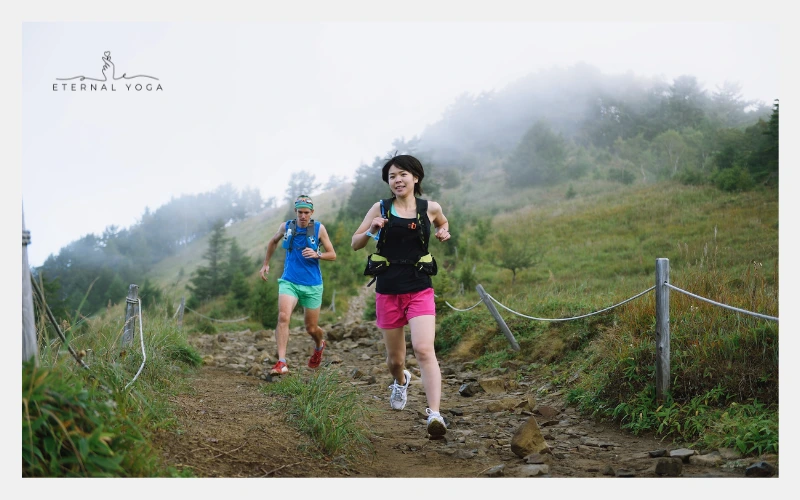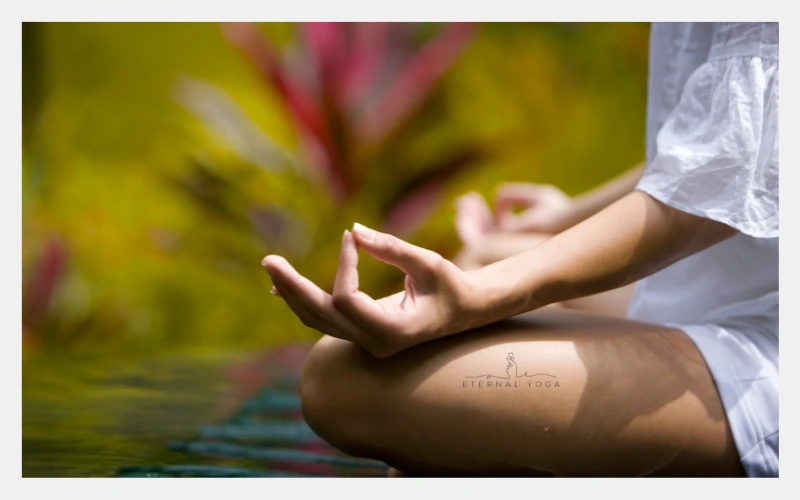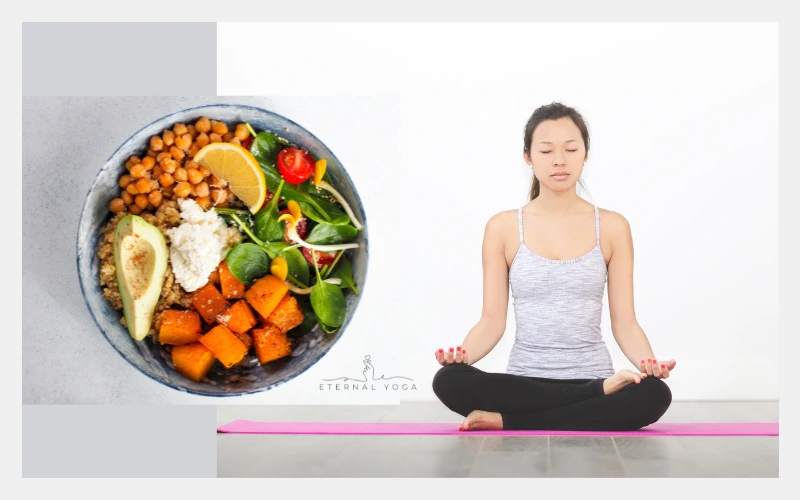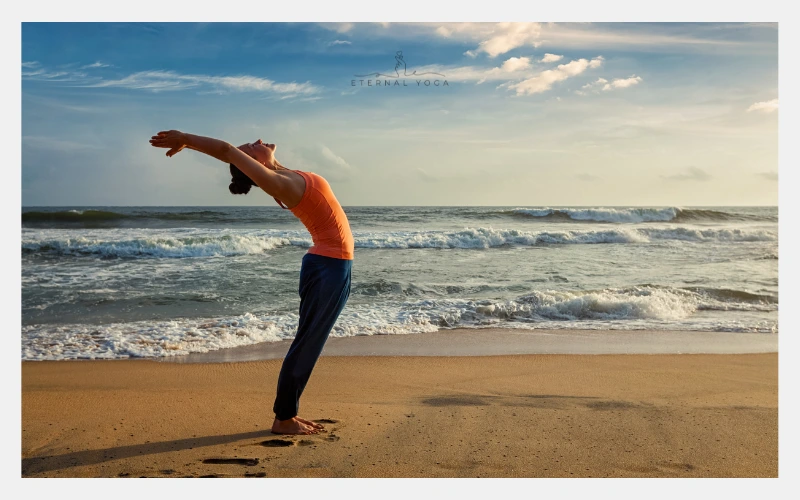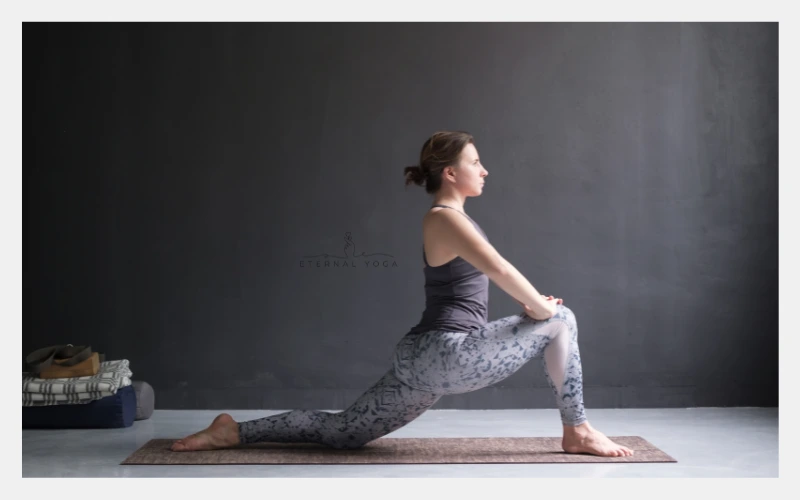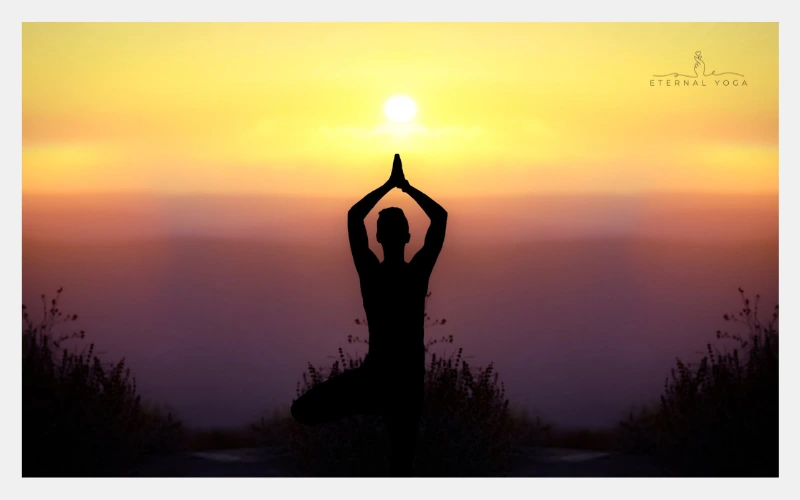Introduction
Stress is everywhere – from busy workdays and endless to-do lists to the pressure to balance life, family, and health. But what if there was a natural and calming way to relieve this stress? The answer might just be on your yoga mat.
Hi, I’m Emily, and in this guide, I’ll show you how yoga for stress relief can help beginners like you find peace of mind, calm your thoughts, and relax your body. You don’t need any experience, special flexibility, or expensive equipment – just a few minutes, your breath, and a desire to calm down.
Why Yoga Helps Relieve Stress
When stress builds up, your nervous system goes into a state of “fight or flight.” Yoga helps you return to a state of “relaxation” through:
- Breathing techniques that calm the nervous system
- Gentle stretches that relieve muscle tension
- Mindful movements that calm racing thoughts
- Relaxation postures that restore balance
5 Beginner-Friendly Yoga Poses for Stress Relief
Here’s a simple flow I guide my students through when stress feels overwhelming.
1. Child’s Pose (Balasana)
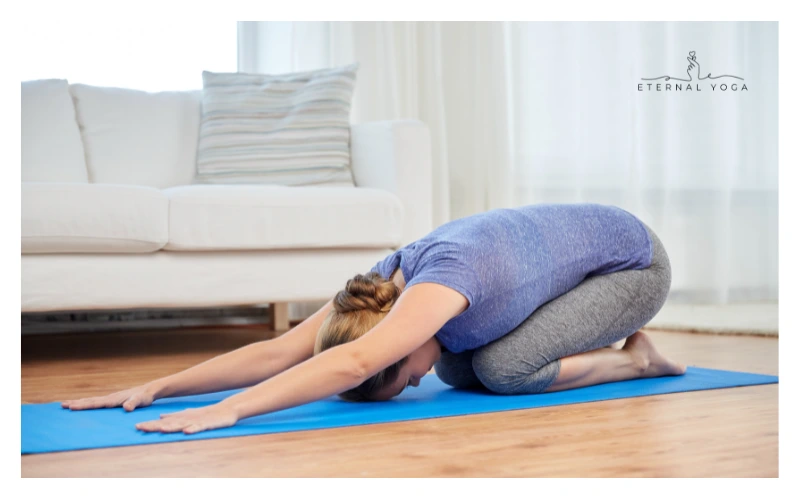
- How to do it:
- Kneel on your mat, sit on your heels.
- Lean forward, arms extended or at your sides.
- Rest your forehead on the mat.
- Breathing cue:
Take slow, deep breaths, and feel your back expand with each inhalation.
2. Cat-Cow Stretch (Marjaryasana–Bitilasana)

- How to do it:
- Start on hands and knees.
- Inhale, lower belly, lift chest and tailbone (cow pose).
- Exhale, round your back, chin to chest (Cat Pose).
- Move slowly between the two poses.
- Breathing cue:
Inhale into cow pose, exhale into cat pose, move with your breath.
Emily’s tip: This movement eases back tension – perfect after sitting at a desk all day.
3. Standing Forward Fold (Uttanasana)
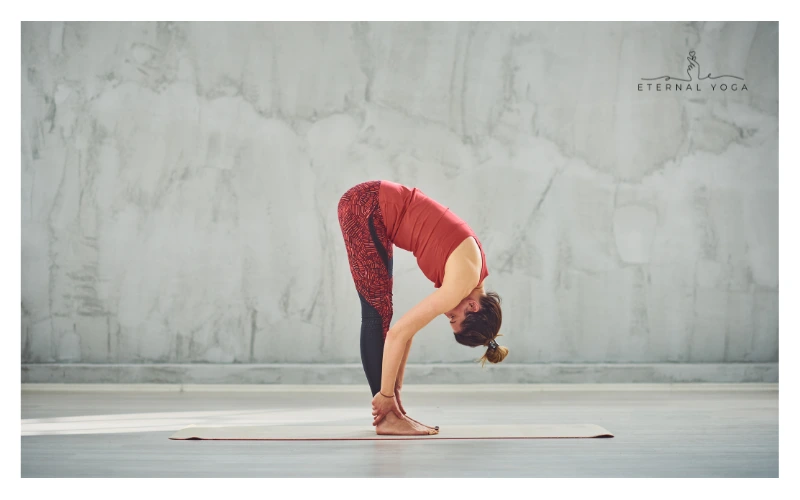
- How to do it:
- Stand up straight, feet hip-width apart.
- Exhale, fold forward from your hips.
- Dangle your arms or hold opposite elbows.
- Bend your knees slightly if needed.
- Breathing cue:
Exhale deeply, releasing stress from your shoulders and neck.
Emily’s Tip: Imagine all your worries pouring out of the top of your head into the ground.
4. Legs Up the Wall Pose (Viparita Karani)
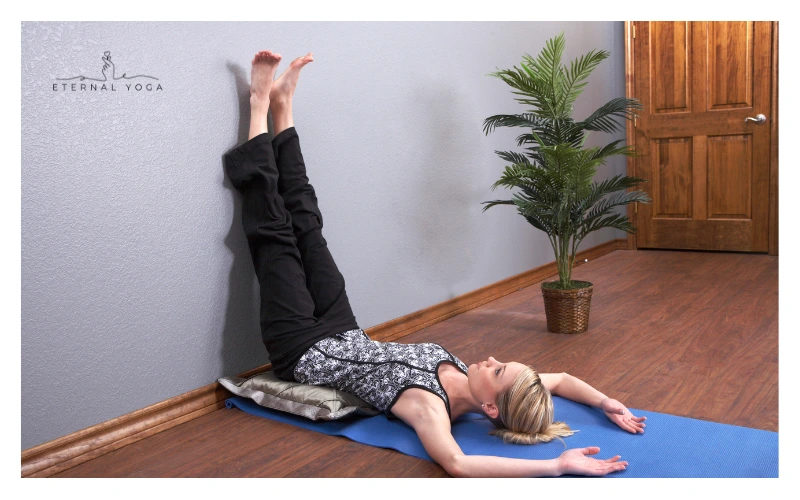
- How to do it:
- Lie on your back near a wall.
- Extend your legs upward to rest against the wall.
- Keep your arms relaxed by your sides.
- Breathing cue:
Breathe slowly, letting your whole body soften with each exhale.
Emily’s Tip: Stay here for 5–10 minutes – it’s one of the most calming yoga poses for stress.
5. Corpse Pose (Savasana)
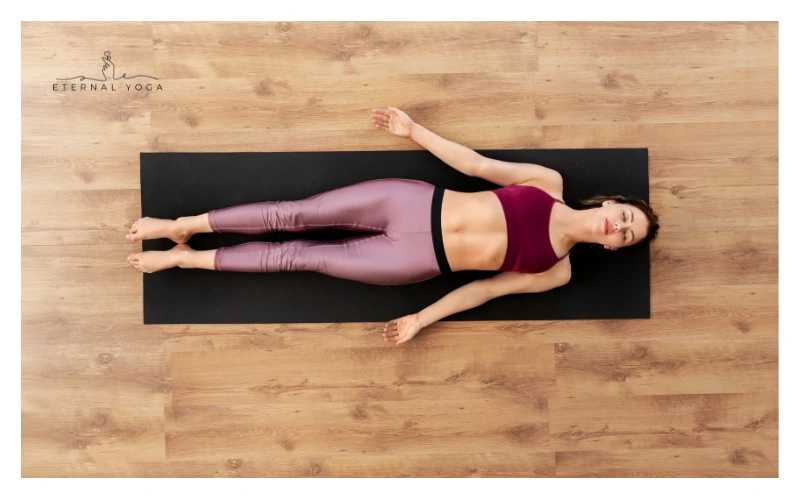
- How to do it:
- Lie flat on your back, arms by your sides, palms up.
- Close your eyes, release every muscle.
- Breathe naturally and stay still.
- Breathing cue:
Notice your breath, let your body feel heavy and supported.
Emily’s Tip: Think of this as your reward – it’s where true relaxation happens.
Read More: 5 Yoga Poses for Mental Health Benefit
Breathing Exercise for Stress Relief
Along with poses, breathing (pranayama) is key. Try this simple practice:
4-7-8 Breathing Technique
- Inhale gently through your nose for 4 seconds.
- Hold your breath for 7 seconds.
- Exhale slowly through your mouth for 8 seconds.
- Repeat 4 rounds.
Emily’s Tip: Do this anytime stress spikes – even at your desk.
Creating a Stress-Relief Yoga Routine
- Time: Just 10–15 minutes daily is enough.
- Place: Choose a quiet, comfortable space.
- Tools: A yoga mat, a pillow/blanket if needed.
- Mindset: No perfection – just presence.
Sample Routine:
- Child’s Pose – 2 min
- Cat-Cow – 5 breaths
- Forward Fold – 1 min
- Legs Up the Wall – 5 min
- Savasana – 3 min
- End with 2 rounds of 4-7-8 breathing
Final Thoughts – Emily’s Note
Stress is a part of life, but it doesn’t have to control you. With yoga, you have a powerful, natural tool to calm your mind and body anytime, anywhere.
So, roll out your mat, breathe deeply, and gift yourself these few moments of peace. Remember – it’s not about how skillfully you perform each pose, but how calm you feel afterward.
Frequently Asked Questions
Can yoga help with stress?
Yes! Yoga lowers cortisol (the stress hormone), calms your nervous system, and improves relaxation. Even 10 minutes a day can make a noticeable difference.
Do I need to be flexible to start yoga?
Not at all. Yoga is about breathing and calming your mind, not touching your toes. Flexibility will improve naturally over time.
How often should I practice yoga for stress relief?
Start with 10–15 minutes, 3–4 times a week. The more consistent you are, the more benefits you’ll feel.
Can I do yoga if I’ve never tried it before?
Absolutely. This guide is beginner-friendly, and all poses here are safe and gentle. You don’t need prior experience.
What’s the best time to practice yoga for stress relief?
Anytime works, but many people find yoga helpful in the morning to start the day calm or in the evening to release daily tension.
Do I need special equipment for yoga for stress relief?
No. A yoga mat is helpful, but you can also practice on a carpet or blanket. A pillow or wall can support certain poses.
Can yoga replace meditation for stress relief?
Yoga and meditation complement each other. Yoga uses movement and breath to prepare your body for stillness, while meditation trains your mind to stay calm. Both together are powerful against stress.
How soon will I feel the benefits of yoga for stress relief?
Many beginners report feeling calmer after their first session. Long-term benefits like reduced anxiety, better sleep, and more focus come with regular practice.

